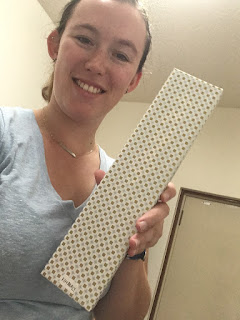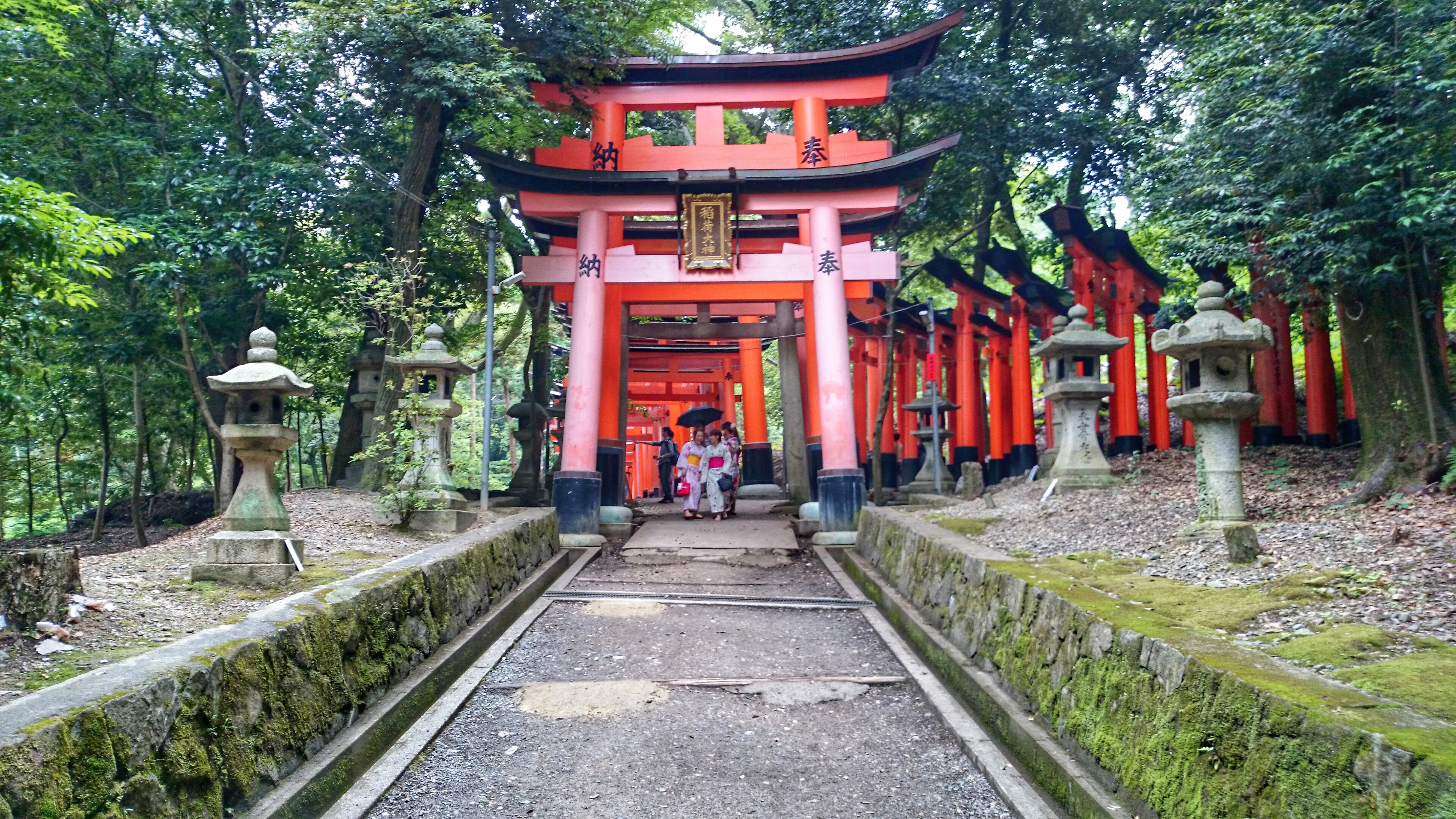If you've read many of my blog posts, you know I usually write about cultural aspects of where I'm traveling instead of just telling you that I went somewhere, ate something, and saw some cool stuff because I find that boring. But today, I'm going to tell you a story. I guess it has a cultural background, though, since this is very Japanese and something you find only in Japan.
 |
| Food is great though! These are takoyaki, pan fried balls of rice flour with pieces of octopus inside! |
Everyone who knows me knows I love to cook. I especially love good knives. So it comes as no surprise that I would buy Japanese knives while here. So today I'm going to tell you about the most amazing place to buy handmade Japanese best-in-the-world knives that's far from the business of the more touristy areas of Kyoto.
I'll be the first to say that I did not stumble across this place by myself. One of my professors in Denver teaches at Doshisha Business School and she got the info on where to go that's not the one super touristy knife place. These knives are just as good as those (AND CHEAPER).
The first barrier as to why this shop isn't as visited as the main tourist one is that it's hard to find. I basically wandered around a general area looking for one small sign outside of one small building. Naturally, I went in circles for a while until actually finding it. When I walked in, I was greeted immediately, as is customary in Japan, and I was amazed at how many knives there were in such a small space. The entire shop is probably the size of my dorm room and has hundreds of knives, scissors, shears, anything sharp, and not just stuff for the kitchen either (hair scissors, thread scissors, and more).
 |
| This is 90% of the shop, and there's another whole wall of knives, floor to ceiling, to the right |
Anyway, it's a father and son (at least that's what I gathered) who run the shop and the father spoke enough English to tell me how he makes the knives and showed me the three layers of steel he puts together to make the knives. It's obvious he loves his craft and has been doing it for a long time. And just to drive home the point that his knives will last a lifetime, he showed me a knife his wife had for over 40 years that's significantly smaller than it was when it was new but still just as sharp. Even though the best Japanese knives are expensive, they're the only knives you'll ever need and they last a lifetime.
 |
| See that knife on the left? That used to look like the one on the right and is still super sharp even though it's been grated down over the last 41 years by the owner's wife. |
Once I decided on the knives I wanted (two for me, two for gifts), it took me a while to figure out that I was being asked which name I wanted inscribed onto the opposite side of the knife. So I wrote out my name so that it could be phonetically converted into Japanese. I just thought he would take the knives I took out of the cabinet and inscribe them. Nope. These were just the models. His son comes from the back (there was a back in this tiny place?) with never-been-touched individual pieces and the father then spends a good 20 minutes washing them, drying them, sharpening them, and making sure they're sharp by gently dragging them through a newspaper and watching them effortlessly slice the newspaper in half. It was amazing. He just put so much care into each knife, and then to inscribe my name, takes out a nail (it looked basically like a small flathead screwdriver) and a small hammer to hand scribe my name in Japanese onto the knife. I don't know what I expected but it sure wasn't that.
 |
| He's hand engraving my name in Japanese onto my knives! |
After inscribing each knife, he hands them to his son who places them in perfectly-formed boxes and wraps them in beautiful paper. While I'm waiting for all of this (since it takes a while to do a craft properly!), I'm asked how I heard about this place, and I mentioned it was because of my professor, and I explained that I'm a student at Doshisha. He hands me a guestbook to which I take it as "find the person who recommended you come here" which I did! The guestbook was so cool because not only did it have people from all over the world writing how much they loved their experience here, but this man took the time to write down what each person bought below their signature, so he was able to show me what my professor bought when she was here a few months ago. I also signed the guestbook, expressing how happy I am to have these beautiful works of art and how excited I am to cook with them!
 |
| Such beautiful packaging! Thanks for taking some of the Christmas wrapping chores away from me! |
My knives are all packed and I'm ready to pay and take them out the door, and I say thank you many more times than is necessary in both English and Japanese (because I never feel as though I can express how thankful I am for something in any other language but English) but I really feel as though I got the point across by how much I was smiling. As I was heading out the door, the son said "Wait!" and I though I forgot my wallet or something, but he was stopping me to give me a cookie.
 |
| Look for this sign with the scissors in black with a bit of yellow |
 |
| This sign! |
Needless to say, I love these people and everyone should bring their business here. Directions below:
The name of the place is Hayakawa Hamonoten. From the Shijo station off the Karasuma subway line (subway stop K09), head East on Ayanokoji Dori for three blocks until you get to Sakai-machi Dori. Turn right (South) on Sakai-machi and it will be on your right. The location is on Sakai-machi Dori between Ayanokoji and Bukkoji Dori. Google Maps location is below. Look for the sign outside!
If you can read Japanese, check out their website at www.hayakawa.ws/hamonoten
Arigato!
Kim
















